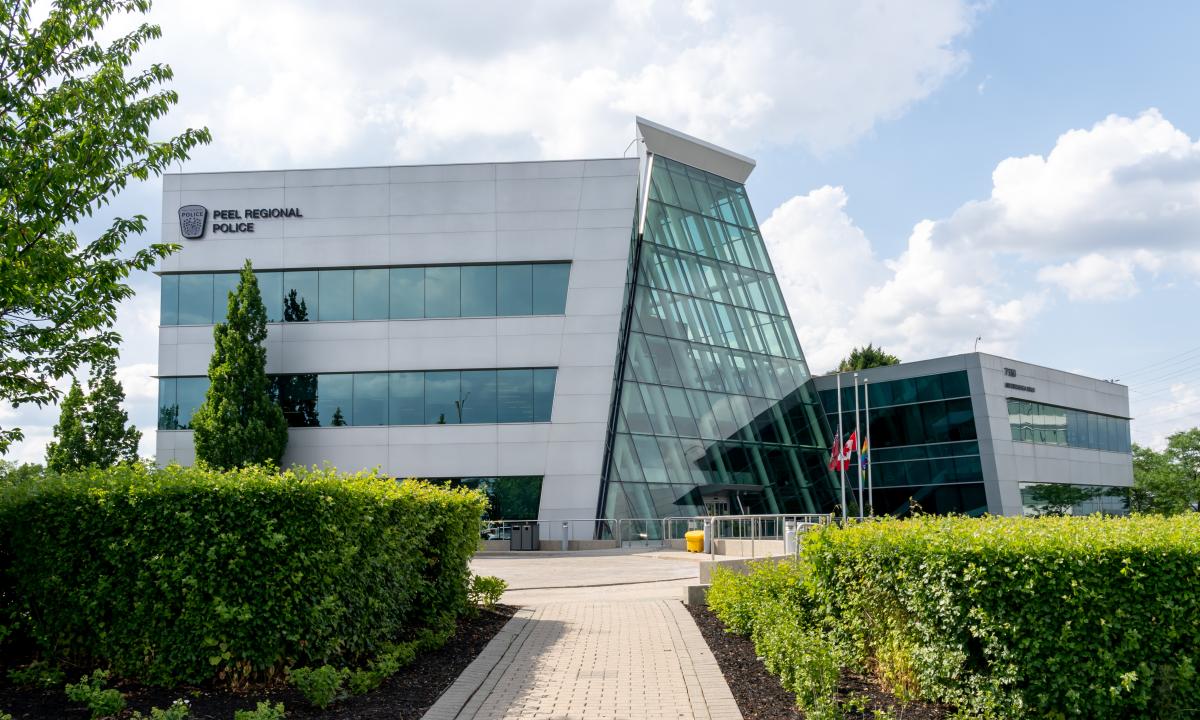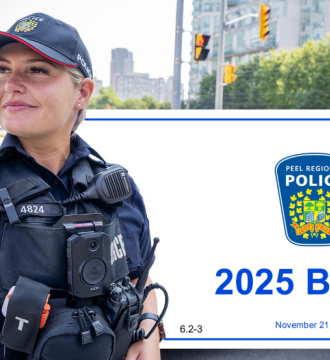Rethinking Police Deployment: A Path Toward Safer Communities and Better Resource Allocation

Rethinking Police Deployment: A Path Toward Safer Communities and Better Resource Allocation
In a recent public lecture titled “Policing at the Crossroads,” University of Toronto Mississauga (UTM) assistant professor Julius Haag challenged current policing models and highlighted how reallocating police resources could improve safety outcomes while addressing systemic issues that disproportionately affect racialized communities. This conversation is especially critical to the work of the Anti-Black Racism and Systemic Discrimination Collective (ABR-SD) as we strive to create safer, more equitable spaces for all residents in Peel.
Professor Haag’s analysis touched on key challenges, such as the racial profiling of Black and racialized individuals through practices like carding, the over-reliance on police as first responders to non-criminal crises, and a growing distrust of law enforcement in marginalized communities. Despite significant police budget increases, Haag argued that there is no substantial evidence that adding more officers leads to better community safety. Instead, it’s about what those officers are tasked with and how they respond to various calls for service.
One critical takeaway from Haag’s lecture is the need to "detask" police from situations they are not adequately trained to handle, such as mental health crises, homelessness, and substance use emergencies. These situations could often be better addressed by civilian-led services. The professor emphasized that “police involvement in these cases can actually criminalize and alienate the individuals involved,” which often heightens conflict rather than resolving it.
For the ABR-SD Collective, this aligns with our advocacy to address systemic discrimination and the disproportionate policing of Black and marginalized communities. Professor Haag pointed out that reallocating police responsibilities could lead to financial savings that could be reinvested into the communities most affected by social and structural issues—issues that often lead individuals to come into contact with law enforcement in the first place.
This vision does not aim to eliminate police but rather to rethink their role in society. As Haag suggests, by addressing the root causes of crime, including poverty and inadequate mental health supports, we can reduce the need for police intervention and instead focus on community-led solutions. Even Peel’s progressive Police Chief Nishan Duraiappah acknowledges the challenges facing modern policing and has indicated a willingness to explore innovative solutions.
The fight for equity in social services funding, especially for Peel’s racialized communities, remains crucial to achieving this broader vision. As Haag highlighted, “the promise of a better society” lies in prioritizing investments that address the structural inequalities at the root of many issues we face today.
This reflection is vital for ongoing conversations about community safety, racial equity, and resource allocation in Peel. As the ABR-SD Collective, we are committed to fostering dialogue and working with partners to implement solutions that will bring lasting change.
Join the Conversation: What’s Your Take?
We invite your thoughts and feedback—how do you think reimagining police roles could reshape our community for the better? Share your comments below.





Bio: Bio: